The 10 Biggest VMware News Stories Of 2020 (So Far)
From acquisitions to the launch of VMware Tanzu and the rollout of a new partner program, here are the 10 biggest VMware news stories of 2020.
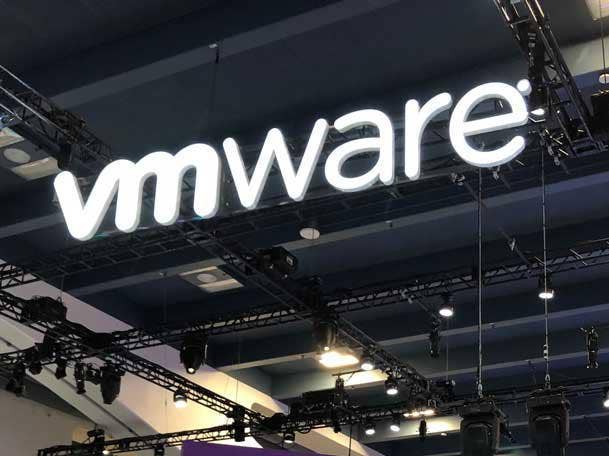
2020 Is Another Monumental Year At VMware
The virtualization superstar has been making headlines throughout 2020 by launching some of its most ambitious product offerings to date along with a trio of acquisitions, making it one of the busiest years for VMware yet.
From launching a new partner program for the first time in over a decade to making its highly anticipated VMware Tanzu portfolio generally available, the Palo Alto, Calif.-based company continues to transform itself to meet changing market demands. VMware’s strategy led to a successful first fiscal quarter 2021 ended May 1, despite the coronavirus pandemic, with revenue up 12 percent year over year to $2.73 billion.
CRN breaks down the 10 most important VMware news stories and launches of 2020 so far.
For more of the biggest startups, products and news stories of 2020, click here.

10. Dell Considers Sale Or Purchase of VMware
This week, reports surfaced that Dell Technologies is exploring spinning off its majority stake in VMware or potentially buying the remaining stake in the virutalziation superstar. Dell’s 81 percent stake in VMware, which it acquired through the 2016 acqisution of EMC, has been valued at around $50 billion. The Wall Street Journal reported that the two companies are working with outside advisers to explore the two options.
Anaysts say, if spun off, VMware shares could be worth upwards of $200 per share.
“The Dell ownership structure has been an albatross around the VMware story and ultimately causes the stock to trade at a discount,” said Daniel Ives, an analyst for Wedbush Securities. “[This] dynamic would be removed if Dell ultimately decided to head down this path.”
Dell Technologies Chief Financial Officer Tom Sweet told investors at a conference last week that there were no plans to sell Dell’s 81 percent stake in VMware due to the tax benefits it receives, according to Morgan Stanley analyst Katy Huberty.“While we are not aware of Dell’s plans nor has Dell confirmed that it is exploring options for its VMware stake, Dell’s recent public comments suggest the most likely path is the one that Dell is on -- continuing to focus on share gains, tighter integration across Dell Technologies assets, and de-levering,” she said.
Both Dell and VMware declined to comment on the matter.

9. Acquisition Of Lastline
Following the busiest year in VMware’s history in terms of M&A, 2020 has been a somewhat modest year in comparison thus far. However, VMware’s acquisition targets this year have been laser-focused on Kubernetes and cybersecurity, such as this month’s planned purchase of network detection and response security specialist Lastline.
San Mateo, Calif.-based Lastline is an anti-malware research pioneer with approximately 150 employees. The company’s malware sandbox product provides full-system emulation to look at every instruction the malware executes. VMware plans to increase the capabilities in its Carbon Black Threat Analysis Unit (TAU) with network-centric threat research and behavioral analysis from Lastline. Lastline will bring r a group of academic cybersecurity researchers into VMware’s NSX team, which will allow Lastline to perform network analytics at massive scale, across tens of thousands of cores, without the burden of tapping network traffic.
“Lastline’s system detects twice the number of malicious files as a signature-based system,” said Tom Gillis, senior vice president and general manager of VMware’s networking and security business unit. “Lastline detonates more than 5 million file samples daily, and the Lastline technology protects more than 20 million users across thousands of organizations around the world, including five of the 10 largest financial institutions.”

8. Innovation Engine Roaring In 2020
The innovation engine at VMware has been roaring this year with huge enhancements to NSX-T, VMware Cloud Foundation, vRealize and vSphere as well as the launch of a new Kubernetes portfolio, Tanzu. VMware is rapidly adding new capabilities to its flagship products, stemming from a slew of new technology acquired over the past 18 months from Carbon Black, Pivotal Software, Veriflow, Bitfusion, Avi Networks and Bitnami.
VMware rearchitected vSphere with the launch of vSphere 7 by using Kubernetes APIs to provide a cloud-like experience for developers and operators, along with new security and life-cycle management capabilities. VMware also made available its artificial intelligence-powered vRealize Operations Cloud delivered as Software as a Service.
On the security front, the company’s new Advanced Security for VMware Cloud Foundation—which is the basis for offerings such as VMware Cloud on AWS and VMware Cloud on Dell EMC—injects recently acquired Carbon Black’s workload protection, antivirus, and endpoint detection and response capabilities as well as NSX features into VMware Cloud Foundation. VMware is also integrating Carbon Black technology into vSphere to create an agentless offering that eliminates the need to insert antivirus and other agents.
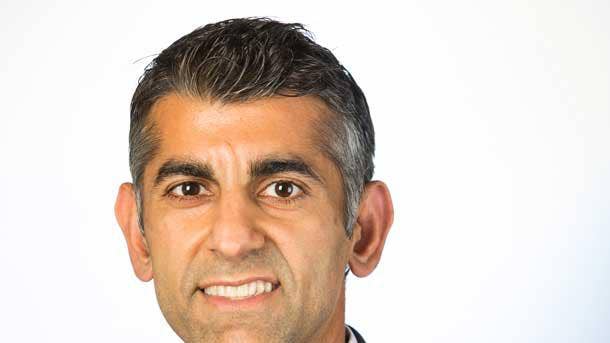
7. Overhauls Customer Experience Organization; Rehires Dhawan
VMware overhauled its entire customer experience organization in a move it said would create greater customer success and satisfaction. The new customer experience team consists of more than 4,000 employees including VMware’s professional services, global services, technical support, premier support, technical account management and customer success teams.
To lead the new customer experience charge, VMware has rehired Sumit Dhawan (pictured) as its new senior vice president and chief customer experience officer, replacing VMware’s former global chief customer officer Scott Bajitos. Dhawan previously led VMware’s multibillion-dollar end-user computing business as general manager from 2013 to 2018 but left to become CEO of web application performance and security services startup Instart.
The revamped customer experience charge came during the departures of several customer-facing executives including Bajitos, who oversaw the company’s global services team, and Mark Ritacoo, vice president of operations and customer intelligence. VMware also laid off several hundred employees in January as part of a workforce rebalancing that included some customer-facing and services positions.
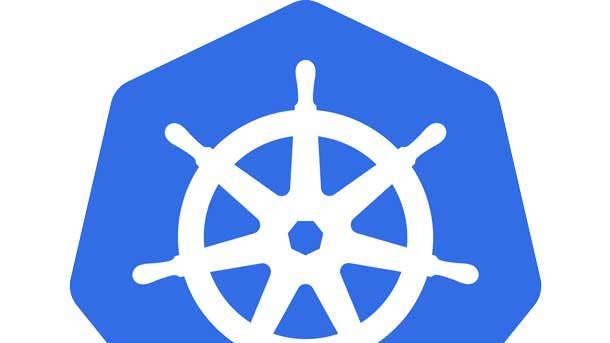
6. Acquires Kubernetes Security Startup Octarine
Kubernetes and security have been arguably VMware’s two biggest R&D pushes over the past several years. In 2020 so far, VMware’s most significant Kubernetes acquisition was the purchase of Kubernetes security startup Octarine.
The goal of acquiring Octarine is to simplify DevSecOps and enable cloud-native environments to be intrinsically secure from development through runtime, with the technology being able to run alongside VMware’s Tanzu Service Mesh to provide native anomaly detection and threat monitoring for cloud and container-based workloads.
Octarine provides full visibility into cloud-native environments so customers can better identify and reduce the risks posed by vulnerabilities and attacks, while the technology is being embedded into VMware’s Carbon Black portfolio to better secure containerized applications running in Kubernetes.
The startup’s technology allows customers to create and enforce content-based policies to protect the privacy and integrity of sensitive and regulated information, allowing organizations to move beyond static analysis and maintain compliance. Octarine also provides runtime monitoring and control of Kubernetes workloads across hybrid environments for threat detection and response.

5. VMware Combats COVID-19
To help customers affected by the coronavirus pandemic, VMware began offering free trials of Workspace One and its new SD-WAN Work At Home offering as well as extending free trials of Horizon. The Work At Home offering enabled customers to create a remote digital workforce by providing end- user hardware and hosted services for 45 days for up to 50 employees.
VMware’s Work At Home offering is a “trifecta of Workspace One, Carbon Black and VeloCloud—sort of endpoint managamnet and VDI, and endpoint security and SD-WAN,” VMware’s Poonen told CRN.
In addition, the company instituted a special price break for VMware Cloud on AWS available to customers through channel partners. VMware extended free trials of Workspace One for 90 days and 100 devices through July 31, 2020. To help customers enable or scale Horizon 7 and Horizon Cloud environments, VMware extended free trials of Horizon 7 on-premises, Horizon 7 for VMware Cloud on AWS, and Horizon Cloud on Azure for 90 days and 100 named users.
Due to economic uncertainty stemming from COVID-19, VMware implemented a companywide employee salary freeze along with temporary salary reductions for top executives, including Gelsinger and VMware board members. VMware also halted 401(k) matches and switched from a semi-annual to annual bonus plan for its employees.
“We want VMware to be the best place to work in. So while we had to announce those COVID-19 measures, they’re not forever,” said Sanjay Poonen, chief operating officer at VMware, in an interview with CRN last month.
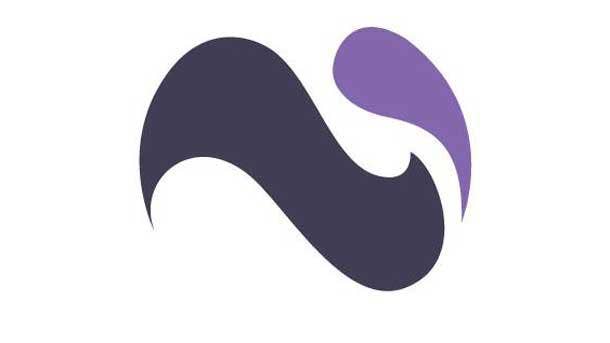
4. Nyansa Acquisition To Enable ‘Self-Healing Networks’ And Boost SD-WAN
In a huge move to significantly boost its SD-WAN by VeloCloud platform, VMware acquired network analytics startup Nyansa to accelerate the company’s delivery of end-to-end monitoring and troubleshooting capabilities.
Nyansa’s cloud-based AIOps network analytics system, Voyance, provides network visibility and leverages machine learning to detect problems and anomalies and then recommends fixes to improve network and application performance. The startup analyzes user network traffic from more than 20 million client devices with customers including Walmart, Uber and Tesla.
VMware is adding Nyansa’s artificial intelligence and machine-learning capabilities to VMware’s existing network and security portfolio to help customers operate and troubleshoot the Virtual Cloud Network and further VMware’s ability to enable what it dubs “self-healing networks.”
“Joining forces with VMware provides an amazing platform for Nyansa to continue executing on the vision of a new networking paradigm: an analytics-powered and software-defined virtual cloud network that connects clients to containers in dynamic and distributed enterprises,” said Nyansa CEO Abe Ankumah earlier this year.

3. Software Licensing Hike
On April 2, VMware began doubling the cost of its CPU software licensing for customers who have more than 32 cores. VMware changed its per-CPU pricing model this year in which for any software offering that VMware licenses on a per-CPU basis, VMware will require one license for up to 32 physical cores. If a CPU has more than 32 cores, additional CPU licenses will need to be purchased.
Competitors like Scale Computing slammed VMware for the move, with CEO Jeff Ready telling CRN, “At the end of the day, it’s just a price increase.”
“I’ve seen a bunch of customers that want to move over to those higher-core-count types of CPUs. Now all of a sudden, ‘Oh, one VMware license doesn’t cover you anymore. You’re going to need two, or four, or whatever amount of licensing it works out to be.’ While that hurts everybody, it’s evidence that maybe VMware doesn’t understand the edge computing in the midmarket where we play,” said Ready.
The change impacted data center processors with high core counts such as AMD’s EPYC Rome and Intel’s 56-core Cooper Lake models, effectively doubling the price for VMware licenses for 48-core or 64-core models. VMware said changing the pricing model will give customers greater choice and have “no impact on the vast majority” of customers since they use Intel and AMD-based servers that are at or below the 32-core threshold.
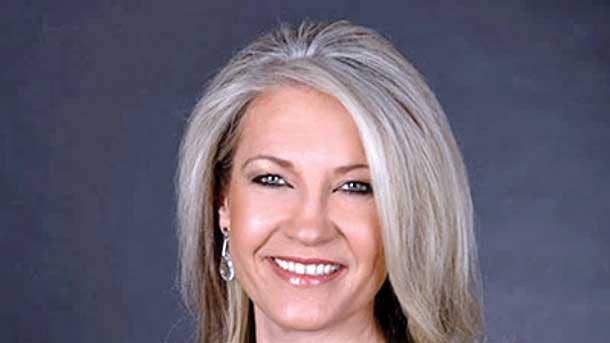
2. New Partner Program Comes To Life
VMware launched a new flagship partner program this year for the first time since 2009 with VMware Partner Connect. The new partner program dramatically changes the way VMware engages and incentivizes its channel partners across the globe, and integrates the channel programs of Pivotal Software, Carbon Black and VeloCloud.
“If you looked at our portfolio, our solutions and offerings, and then the way the old program was going to market with partners—it was antiquated,” said Jenni Flinders (pictured), vice president and worldwide channel chief, in an interview with CRN. “We really wanted to build out our MSP capabilities with partners who are building repeatable IP and who are building integrated solutions with us.”
VMware Partner Connect, a three-tier program that pushes technical services competences versus sales thresholds, makes all previous partner programs obsolete as partners will now need to sign only one agreement with the company. The program is designed to align to each individual solution provider’s business model. Partners can now specialize in a certain aspect of VMware technologies—such as hybrid cloud, network and security, application modernization or digital workspace—without needing to fulfill other VMware requirements that do not align to their business strategy.
Partner Connect includes a new Incentives and Development Funds portal that provides enhanced dashboards and visibility to track activity with VMware. It also includes the new VMware Learning Zone that provides a variety of new content, including the ability to customize learning plans based on individual partner preferences.
“The old program was very transactionally focused. This new one now centers around the customer journey and VMware’s journey to transition to SaaS and subscription,” said Flinders. “It’s a huge transformation. We reimagined the whole program.”
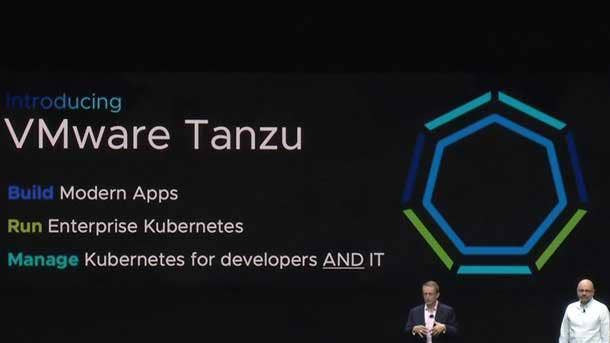
1. VMware Tanzu Arrives
2020 marks the year when VMware’s Kubernetes strategy went full throttle with the release of VMware Tanzu.
VMware Tanzu is a portfolio of Kubernetes-based services and VMware Cloud Foundation that incorporates vSphere 7.0, the new rearchitected flagship product with direct integration of the container orchestrator into the vSphere virtualization platform. Tanzu offers a complete set of container technologies that enable weaving modern applications into an enterprise’s application portfolio. Tanzu Kubernetes Grid is the runtime for deploying multicluster container environments on any infrastructure, while Tanzu Mission Control delivers centralized management. VMware’s acquisition of Bitnami has yielded the Tanzu Application Catalog, which brings together all the incorporated open-source technologies needed to scale those workloads.
“We are going to focus on Kubernetes and we’re going to do it in a multi-cloud fashion,” said Ray O’Farrell, executive vice president and general manager responsible for VMware’s Kubernetes strategy, in a recent interview with CRN. “What we’re now trying to do is make sure that if people are using containerized Kubernetes applications, whether it’s private or public clouds, that we’re able to offer them the build, manage and run technologies coming from our application [business unit] as well as the security technology coming from our security [business unit]. We want to expand how containers and Kubernetes are secured.”